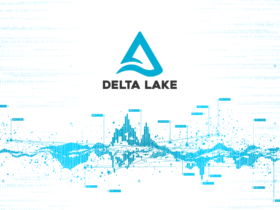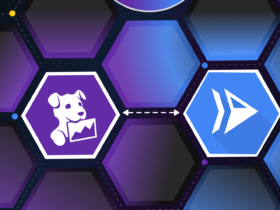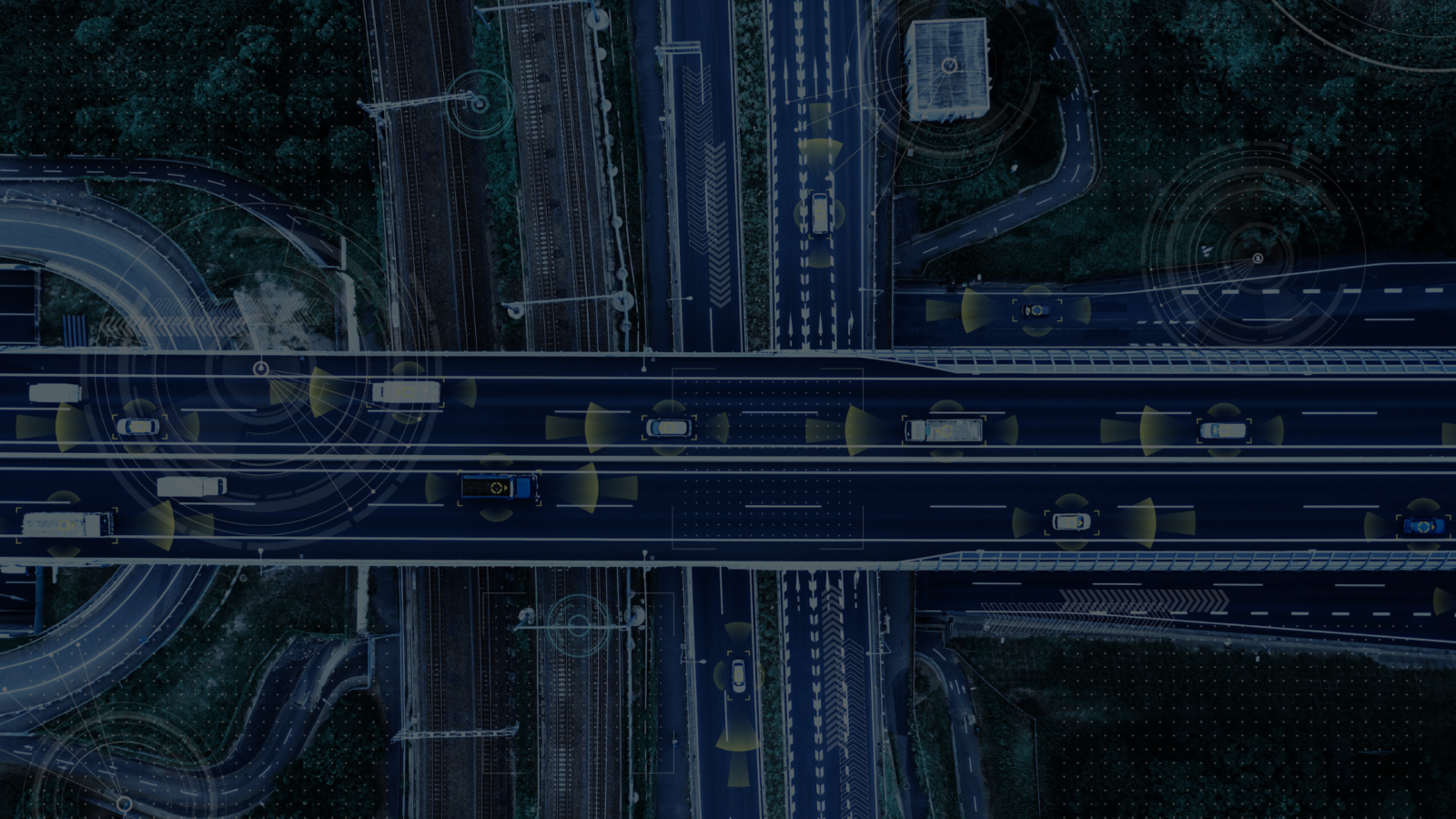
Generative Artificial Intelligence (AI) has emerged as a powerful tool in the development and enhancement of Advanced Driver Assistance Systems (ADAS). Generative AI, particularly in the form of deep learning models like Generative Adversarial Networks (GANs) and Variational Autoencoders (VAEs), has significantly impacted various components of ADAS, driving innovation and improving safety in the automotive industry.
What is ADAS?
Advanced Driver Assistance Systems (ADAS) encompass a wide array of technologies and systems designed to enhance vehicle safety, improve driving comfort, and automate certain aspects of driving. These systems use various sensors, cameras, radar, LiDAR, and other technologies to assist drivers and potentially prevent accidents.
Here are some common types of ADAS systems:
- Adaptive Cruise Control (ACC):
- Lane Departure Warning and Lane-Keeping Assist:
- Automatic Emergency Braking (AEB):
- Blind Spot Monitoring (BSM):
- Pedestrian Detection and Protection:
- Traffic Sign Recognition (TSR):
- Cross Traffic Alert (CTA):
- Park Assist
- Driver Monitoring System (DMS):
- Adaptive Headlights:
- Automatic High Beams:
- Rear-View Camera:
In the subsequent sections, we will give an overview about introduction of (Lane Departure Warning and Lane-Keeping Assist) system.
Lane Departure Warning (LDW):
Lane Departure Warning (LDW) is an Advanced Driver Assistance System (ADAS) designed to enhance road safety by alerting the driver when the vehicle unintentionally crosses over lane markings. The system typically uses cameras or sensors to monitor the lane markers on the road. If it detects that the vehicle is drifting out of its lane without the turn signal activated, it provides a visual, auditory, or haptic warning to the driver. LDW helps prevent accidents caused by driver distraction, drowsiness, or inattention, thereby reducing the risk of collisions due to lane departure.
Key features of Lane Departure Warning:
Monitoring lane markings: LDW systems continuously analyse the road ahead to detect lane markings, such as solid and dashed lines.
Real-time feedback: If the vehicle deviates from its lane without signalling, the system alerts the driver to take corrective action.
Warning types: Warnings can include visual alerts on the dashboard, auditory alerts, or haptic feedback (such as vibrations in the steering wheel).
Lane-Keeping Assist (LKA):
Lane-Keeping Assist (LKA) is a more advanced system that builds upon LDW. In addition to issuing warnings, LKA actively intervenes to keep the vehicle within its lane. If the vehicle drifts towards the lane edge without the turn signal on, the LKA system applies corrective steering input to guide the vehicle back into the lane. LKA may use electric power steering or similar technologies to gently steer the vehicle, providing an added layer of assistance to the driver.
Key features of Lane-Keeping Assist:
Active steering assistance: LKA provides corrective steering input to prevent the vehicle from unintentionally departing from the lane.
Driver engagement: LKA encourages the driver to maintain proper lane positioning while still requiring the driver’s hands on the steering wheel for safety.
Improved safety: LKA can enhance safety by reducing the risk of lane departure accidents caused by driver inattention or momentary lapses.
In summary, Lane Departure Warning (LDW) alerts the driver when the vehicle is about to leave its lane without signalling, aiming to draw the driver’s attention to the road. On the other hand, Lane-Keeping Assist (LKA) not only issues warnings but actively assists the driver in maintaining the vehicle within the lane through corrective steering input, contributing to enhanced safety and driver assistance.
Before Generative AI Usage:
Pros:
- Automation Efficiency: Prior to Generative AI, automation was more rigid, and rule based. Tasks were automated based on predefined rules, which could be effective for straightforward processes.
- Data Processing: Data processing was primarily manual or handled by traditional algorithms, making it challenging to deal with large volumes of complex data.
- Limited Creativity: The ability to generate creative content, designs, or realistic simulations was restricted to human capabilities and traditional computational methods.
Cons:
- Lack of Flexibility: Traditional algorithms had limited flexibility and adaptability to handle complex, varied data and tasks.
- Difficulty in Modelling Complex Patterns: Modelling intricate patterns or generating high-fidelity outputs was a challenge for traditional algorithms, especially in creative domains.
- Time-Intensiveness: Developing sophisticated algorithms required extensive time and effort, slowing down the pace of innovation and development.
After Generative AI Usage:
Pros:
- Creative Content Generation: Generative AI enables the creation of diverse and creative content such as images, music, art, and more. It has opened up new avenues for artistic expression and creative innovation.
- Improved Data Processing: Generative AI can efficiently process and synthesize large amounts of complex data, enabling better analysis, prediction, and decision-making.
- Enhanced Automation and Customization: Automation has become more dynamic and adaptable with the use of Generative AI, allowing for customization and optimization of tasks based on specific requirements.
- Pattern Recognition and Simulation: Generative AI excels in recognizing patterns and simulating realistic scenarios, aiding in various applications such as gaming, training simulations, and virtual reality.
Cons:
- Ethical Concerns: The generation of highly realistic content raises concerns about misinformation, deepfakes, and ethical usage of Generative AI.
- Bias Amplification: If the training data used for Generative AI is biased, it can result in biased outputs, perpetuating existing biases and disparities.
- Resource Intensiveness: Training sophisticated Generative AI models often requires significant computational resources, making it resource-intensive and expensive.
How Generative AI can be utilized in LDW and LKA Systems?
Data Augmentation for Training:
Generative AI can be used to augment the dataset for training LDW and LKA algorithms. By generating synthetic data, it’s possible to increase the diversity and size of the dataset, aiding the models in learning a broader range of lane markings, road conditions, and driving scenarios. This can lead to more robust and accurate detection of lane boundaries.
Generation of Challenging Scenarios:
Generative AI can create synthetic scenarios with challenging road conditions, such as poor visibility, adverse weather, or complex lane markings. Training LDW and LKA models on these challenging scenarios helps ensure the algorithms are prepared to handle real-world, difficult driving conditions effectively.
Adversarial Training for Robustness:
Generative adversarial training can be employed to generate adversarial examples specific to lane markings. By exposing LDW and LKA algorithms to these adversarial samples during training, the system can become more resilient to intentional or unintentional lane marking modifications, enhancing the robustness of the ADAS system.
Improve Data Imputation for Lane Detection:
In cases where certain portions of the road are obscured or not visible to sensors, Generative AI can help impute the missing lane information by predicting the probable lane markings based on the visible context. This ensures a more continuous and accurate lane representation, crucial for effective LDW and LKA.
Behaviour Prediction and Planning:
Generative AI can be used to predict and generate possible future lane-keeping behaviour based on the current vehicle trajectory and surrounding context. This can assist in proactive lane-keeping decisions and trajectory planning to optimize lane changes and maintain safe distances from other vehicles.
Driver Assistance Personalization:
Generative AI can create personalized assistance features based on individual driver behaviour and preferences. Understanding driver behaviour patterns can enable LDW and LKA systems to tailor alerts and interventions to specific drivers, optimizing the driver-vehicle interaction for enhanced safety and comfort.
By leveraging Generative AI in these ways, LDW and LKA systems can be enhanced to better detect and interpret lane markings, anticipate driver behaviour, and respond effectively to various driving conditions. Ultimately, this integration contributes to safer and more efficient lane-keeping assistance, promoting a more secure driving experience.








